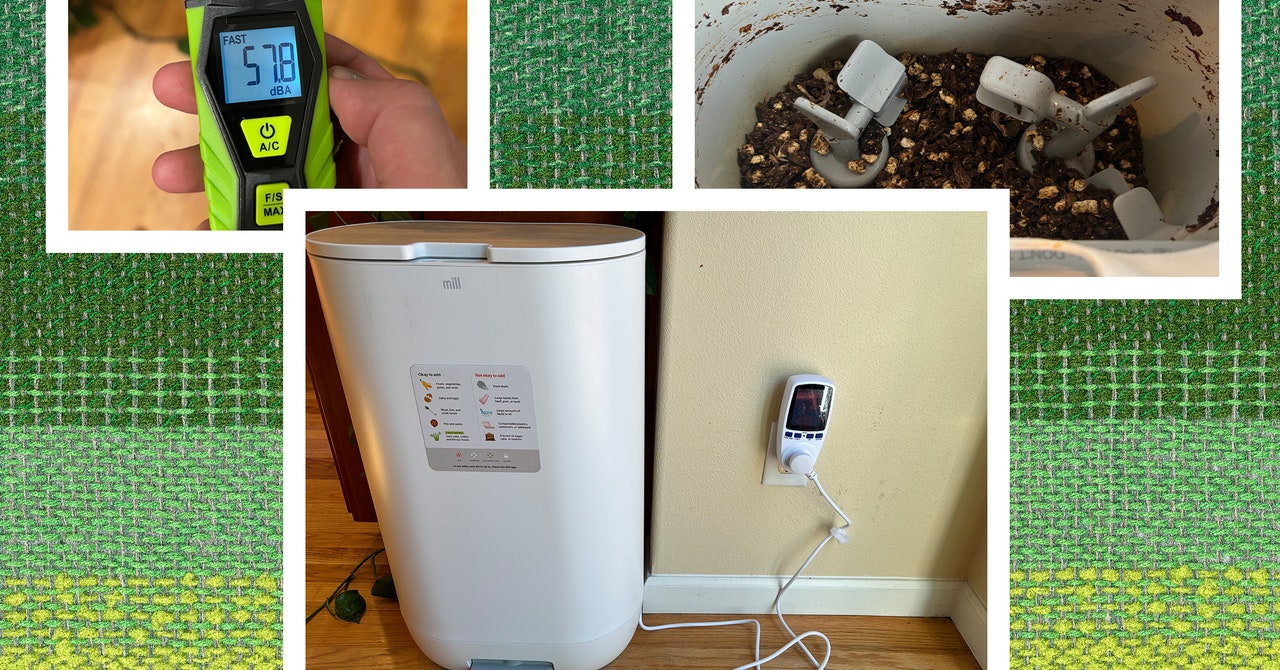
I don’t like composting.
I understand that is virtually heretical on condition that I dwell simply outdoors of Portland, Oregon, floor zero for environmental consciousness, however I’d simply moderately not have a container of slimy, rotting kitchen scraps sitting on my countertop. It attracts fruit flies and leaves my home smelling like federal-prison pruno—particularly within the warmth of summer time.
As a substitute, my household of three has been counting on in-sink rubbish disposal, which is not nice. Our septic repairperson is adamantly in opposition to this, and rubbish disposals are additionally a foul thought for these not on septic methods, as a result of the refuse ends up in the waterways. Throwing meals within the kitchen trash finally results in the native landfill, the place uneaten meals makes up 24 percent of municipal stable waste. Its breakdown ends in the discharge of dangerous methane gas.
To fight this, many cities characteristic their very own composting packages. My rural exurb doesn’t, so I’m pressured to decide on between a normal-smelling kitchen and actively contributing to world warming. This is the reason I used to be particularly within the Mill, an odorless, totally computerized meals recycling bin dreamed up by Matt Rogers, former Apple engineer and cofounder of smart-thermostat pioneer Nest.
My prolifically home-cooking household tried the Mill for six weeks, connecting it to a power meter to check its output and value of use, in addition to feeding it as numerous a batch of meals scraps as we may (together with sauces, a whole lot of eggshells, and a very vexing batch of melon rinds), to see whether or not this significantly expensive bin could possibly be value the price so as to add to your family.
From the Grounds Up
There’s no denying that, at 50 kilos, about 27 inches tall, and 16 inches broad, the Mill requires a major outlay of house. Even in my pretty spacious kitchen, discovering someplace for the Mill to take a seat the place it was each accessible and never in the best way—and inside a pair toes of an influence outlet—was a problem. For these quick on counter house, the Mill being on the ground might give it an edge over countertop rivals just like the Lomi.
{Photograph}: Kat Merck

.jpg)




